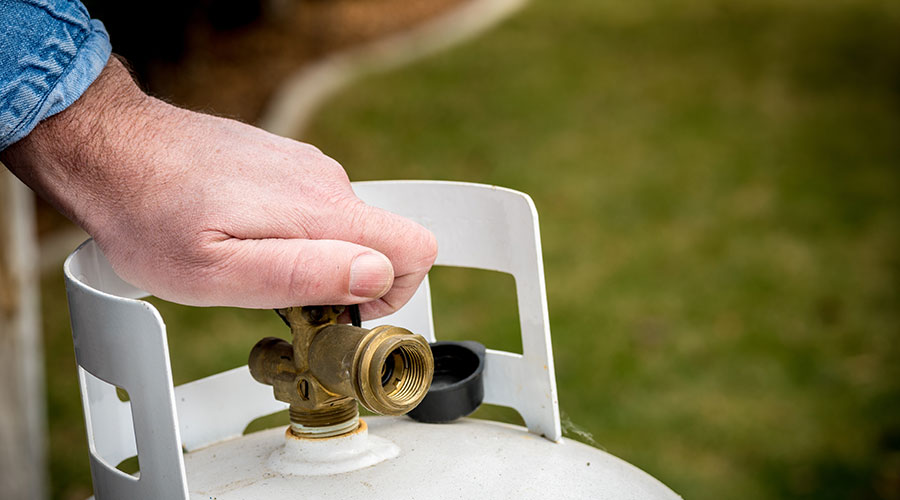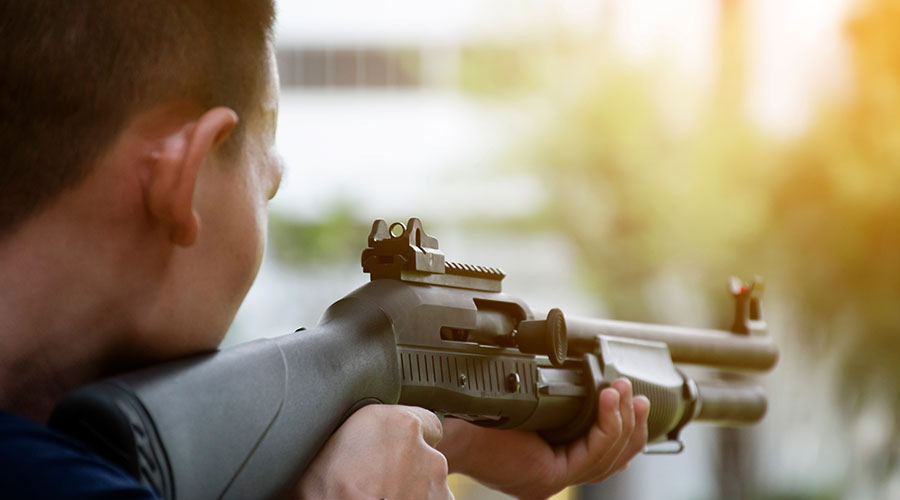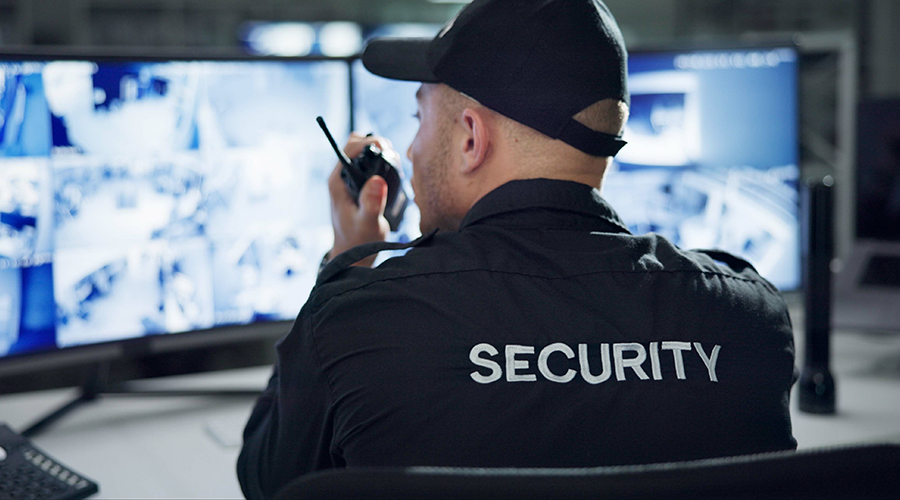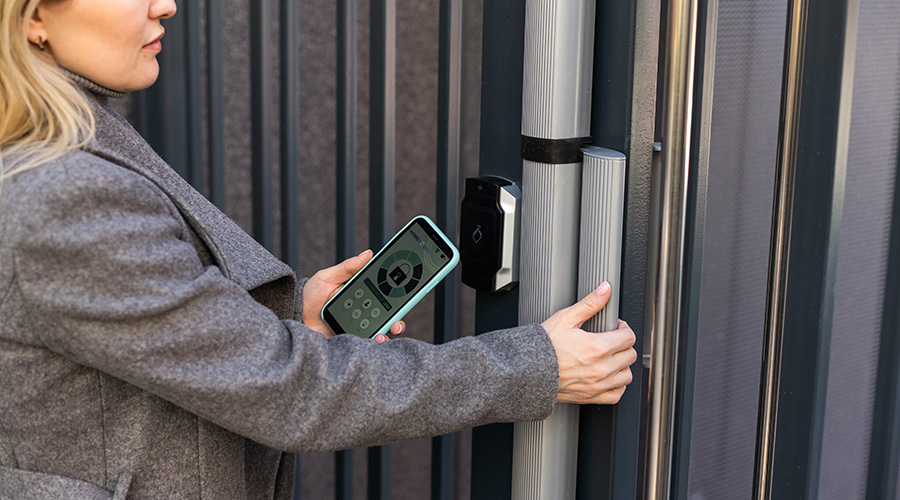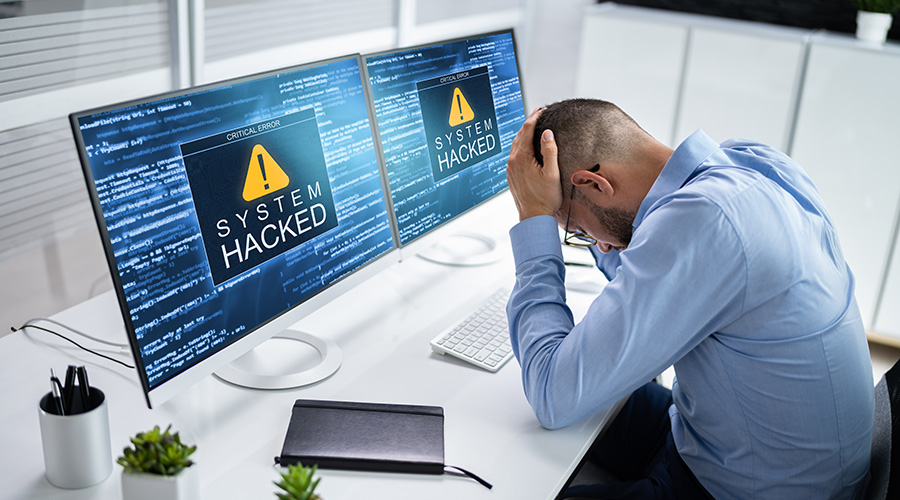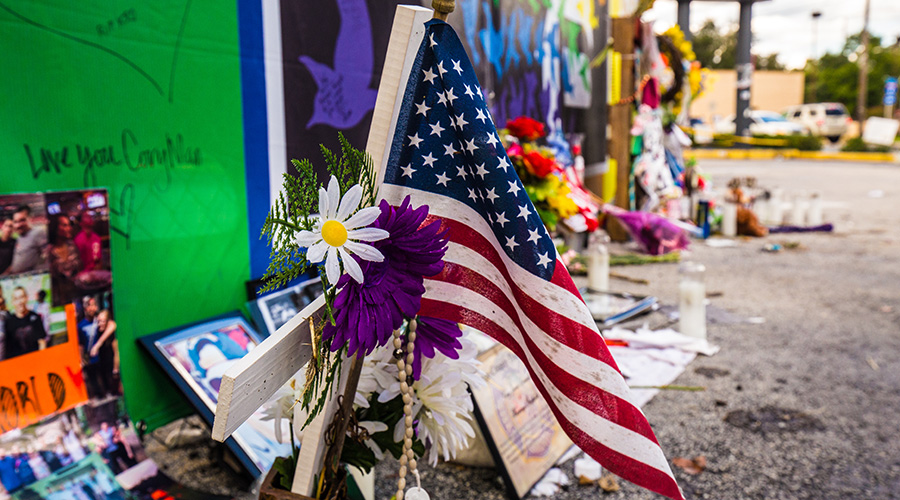Campus Safety: Thinking Beyond Technology
Keeping occupants safe from active shooting events takes planning at multiple levels in facilities.
By Dave Lubach, Chief Editor
Political activist Charlie Kirk was assassinated during an appearance at Utah Valley University on Sept. 10.
The incident not only called for action from many across the country to cool down the rising emotional temperatures in the political sphere. It also raised questions among facility management leaders about how to keep campus occupants safe not only from targeted shootings like the one that took Kirk’s life, but mass shooting incidents that claim even more lives.
Josh Sullivan, a former member of Kirk’s security detail and currently the chief operating officer of A.L.I.V.E. Active Shooter Survival Training, recently answered questions from FacilitiesNet about how campuses and other large institutional and commercial facilities can keep occupants safe from similar events.
FN: Public shootings are unfortunately a regular occurrence nowadays, but does a high-profile event like the Kirk assassination reset the minds of facility leaders that they need to address these situations?
Sullivan: Unfortunately, it often takes a tragic, high-profile event like the Charlie Kirk assassination to remind leaders that violence can erupt anywhere, even with visible security present. These moments break through complacency and push organizations to reassess everything, from access control to how quickly staff can recognize and act on a threat. Preparedness isn’t a checkbox. It’s a living, adaptive process that demands consistent training, clear communication and leadership engagement at every level.
FN: What aspects of security are the toughest for schools and other institutional and commercial facilities to keep occupants or attendees safe at events such as public presentations and athletic events, where many people are gathered?
Sullivan: Events like assemblies, sports games or public talks create unique challenges: controlling access when crowds surge, maintaining secure perimeters in open or multi-level spaces and ensuring that alerts translate into immediate action. Technology can assist, but real safety depends on disciplined people and rehearsed responses. The hardest part isn’t spotting the threat. It’s getting everyone to move decisively when seconds count.
FN: What are some common myths and misconceptions about security for these events from a preparation standpoint?
Sullivan: A major misconception is that technology alone guarantees safety. Cameras, metal detectors and AI tools are valuable, but they’re only effective if paired with practiced human decision-making. Another myth is that “Run, Hide, Fight” is enough. In reality, effective survival training also teaches communication, barricading, medical response and situational awareness, skills that save lives before police arrive.
FN: What can facilities do in terms of training staff, occupants, attendees, etc.
Sullivan: Training should start with foundational awareness, helping everyone recognize warning signs and act without hesitation. Programs like A.L.I.V.E. focus on mindset, rapid decision-making and immediate life-saving actions to be taken and when in the process. Staff need defined roles and regular drills: who locks doors, who makes announcements, who assists those with mobility challenges. Empowering people through repetition builds confidence and turns panic into purpose.
FN: What are the first steps that facility managers should take when building a safety/security plan?
Sullivan: Begin with a realistic risk assessment: walk your property, map entry points, identify blind spots and coordinate with law enforcement. Establish clear access control procedures and communication protocols for lockdowns or evacuations. Don’t forget medical readiness. Stock bleeding kits and train staff to use them. Above all, create plans people can execute under pressure, not binders that sit on a shelf and practice them regularly.
FN: How often should those plans be revised?
Sullivan: Safety plans should be treated like living documents: reviewed quarterly and talked through or tested at least one scenario or walk through each year. Any facility changes, staffing shifts or nearby incidents should trigger an immediate update. The key is continuous improvement — analyzing drills, capturing lessons learned and adjusting before the next crisis forces the issue.
FN: What are some additional thoughts that facility leaders need to consider regarding ensuring safe buildings?
Sullivan: Security culture starts at the top. When executives prioritize safety training and visible readiness, it empowers everyone else to take it seriously. Public events should use layered protection — visible deterrents, vigilant staff and quick, clear communication when something feels wrong. The goal isn’t perfection. It’s progress, consistency and a culture that values preparation over reaction.
Dave Lubach is chief editor of the facilities market.
Related Topics:







